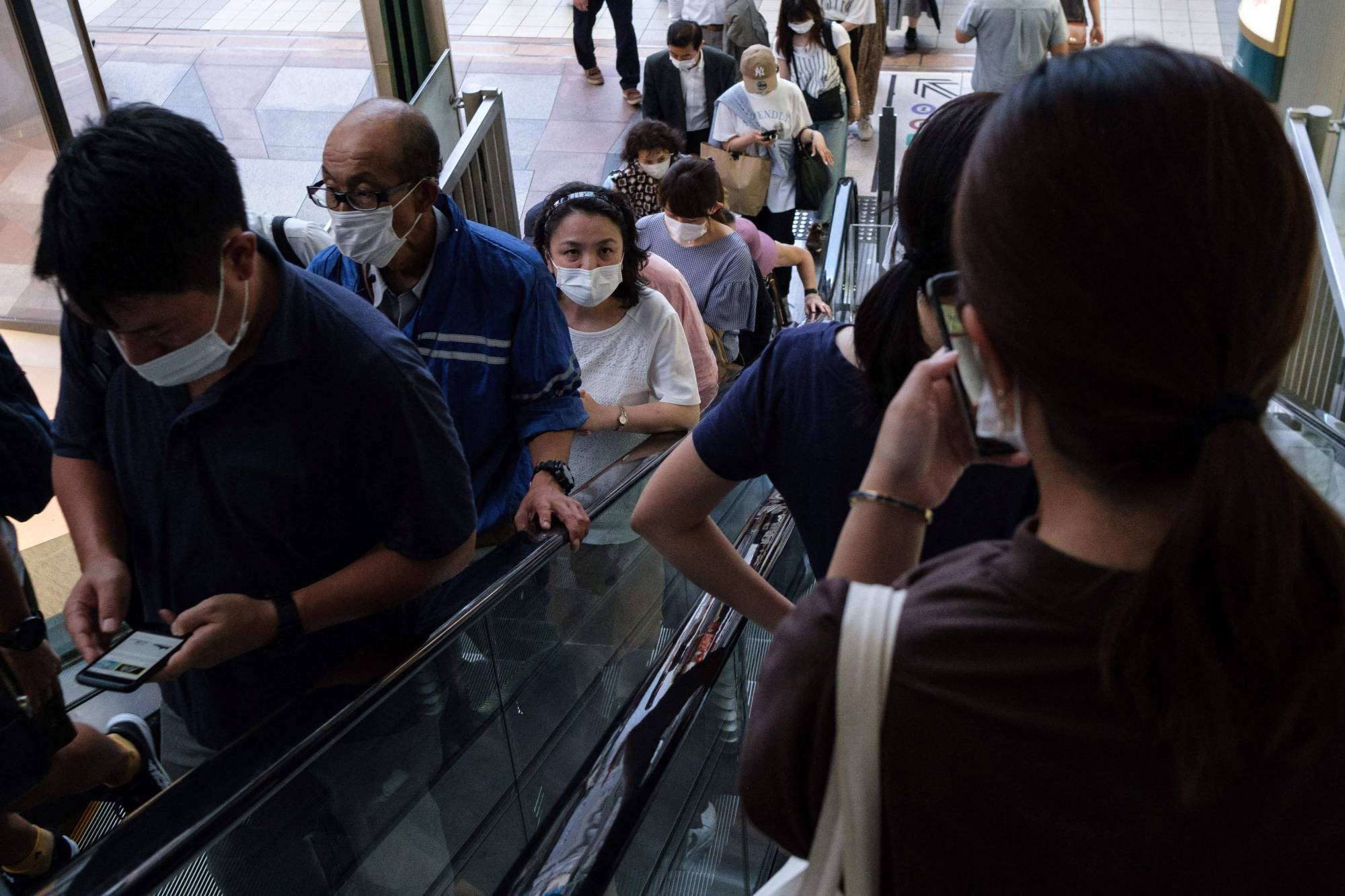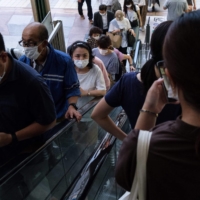Coronavirus cases spreading among households has been the biggest source of traceable infections since last year.
But with last week’s announcement by the government that some patients with moderate symptoms will be asked to recuperate at home amid the current wave of infections, it’s becoming more likely that if someone you live with gets infected, you will need to share your home with them while they are sick.
What do you need to do to prevent such transmissions within the household? What should you do if a family member gets infected? Here are some facts and figures on household infections in Japan, as well as tips for when a family member, live-in partner or roommate gets infected.
Are household infections considered a growing problem?
Yes. Amid the recent spike in infections, which has seen daily cases exceed 10,000 in the past week, there have been rising concerns over a possible increase in household infections.
In Tokyo, 61% of new COVID-19 cases between July 27 and Aug. 2 occured at home, according to the latest figures available from the Tokyo Metropolitan Government. That compares with 48.4% for the week from June 29 to July 5.
People contracting the virus at work was the second biggest source of infections, followed by large facilities, including nursing homes, and while eating out.
In May, the Japan Pediatric Society has pointed out that, as of May 11, infections among children occurred through household transmissions in 77% of cases, of which 93% were from parents or grandparents.
What should you do when someone in your family is infected?
First and foremost, the health ministry advises people to separate the living space for the patient from the rest of the family. It is best that the patient stays in a room of their own and avoids sleeping or dining with others while they are sick.
If a child is infected and needs to be cared for by another family member, the carer should maintain a distance of two meters or install a partition or curtain. Those with underlying conditions, including diabetes, heart and lung disease, and expecting mothers should avoid taking care of the patient. When sleeping with younger children, make sure their head is facing in a different direction to yours.
Ventilating rooms as much as possible is also key to preventing the spread of the virus, along with wearing masks at home, gargling and washing hands frequently. Disinfecting door knobs, bed rails and other areas that many people may touch is also a good way to prevent infections.

The health ministry states that laundry does not need to be separated and can be cleaned with detergent — there is no need for it to be disinfected beforehand.
Used tissues should be put in a plastic bag that is tightly sealed before it is thrown away in the garbage.
What are the risks of getting COVID-19 from a close contact at home?
In general, infections occur in situations where conversation is held at a close distance, usually less than one meter, in a closed space with poor ventilation.
Therefore, the risk of infection is much higher for people staying in the same place as someone who has contracted the virus, as they can become infected through aerosols or droplets released when an infected person coughs, sneezes or simply speaks.
The virus can also be transmitted when an infected person uses their hands to cover their mouth or nose when they cough or sneeze and then touches objects around them, allowing infections to occur via door knobs, light switches or other home appliances.
How long does a person need to quarantine before going back to normal life?
According to guidelines issued by the health ministry, the required recuperation period should last 10 days from the day when the first symptoms are observed.
If a patient is asymptomatic or it is unclear when the first signs of COVID-19 emerged, they will be required to start isolating at home from the day when a sample that gave a positive result was collected.
The period from three days before the first signs of COVID-19 to about five days after the symptoms developed is considered to carry the highest risk of contagion.
In a time of both misinformation and too much information, quality journalism is more crucial than ever.
By subscribing, you can help us get the story right.
SUBSCRIBE NOW




